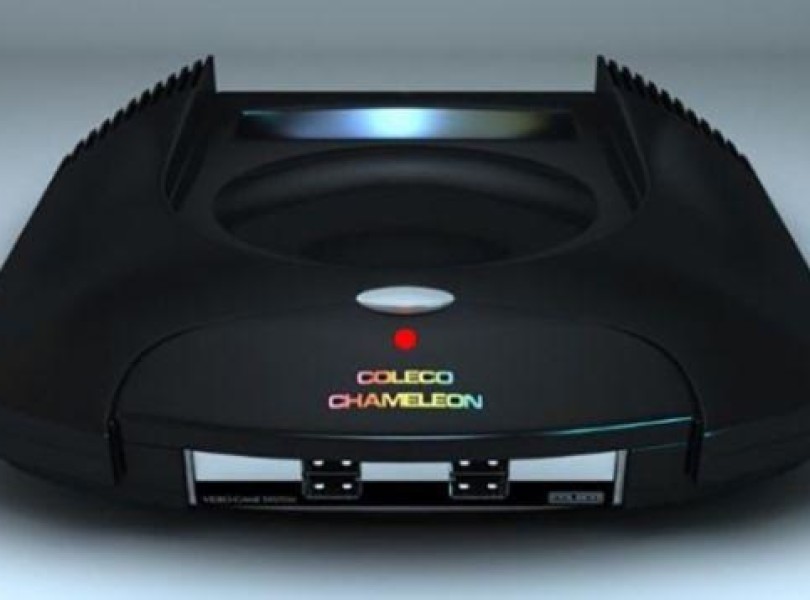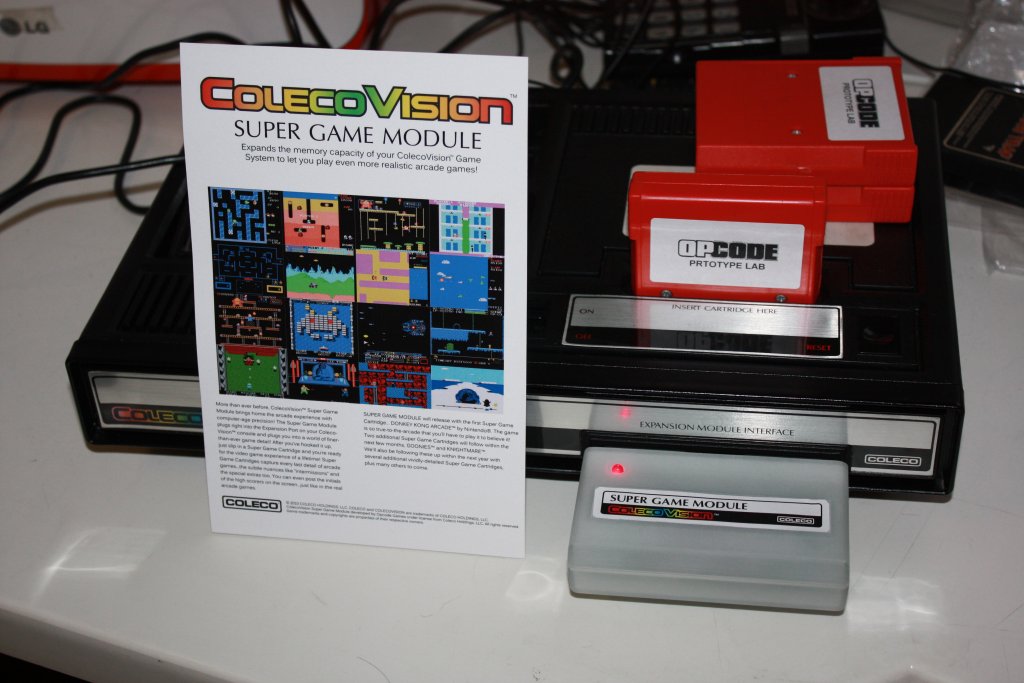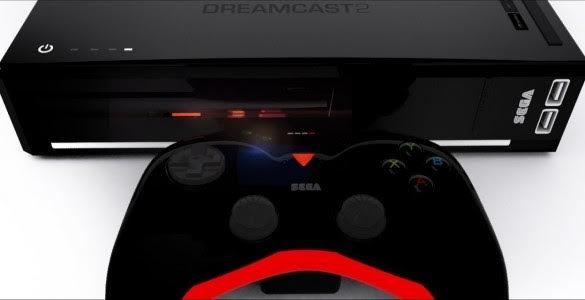When it comes to video games, I am nostalgic to a fault. As the “old-school gaming expert” of the Digital Crack network, I always look at all things gaming with nostalgic glasses. Many times, it makes me sound archaic and out of touch with current trends. However, I feel that having roots in traditional gaming gives me a good perspective on what goes on in gaming now and how it benefits or hinders the modern gaming experience. I tend to look at my perspective as a sort of “retro future” outlook: I look at where gaming came from, see where it is now, and ponder what needs to change or stay for the benefit of the gamer in general.
Of course, my outlook is only one of tens of thousands, and just because I feel strongly about something does not mean it is scripture. We all have opinions; I use this platform to give voice to mine, sometimes trying to take other opinions to heart when I craft my words. But the words I choose to plant here are mine, and they represent how I feel. Like them or not, these are my thoughts. Hopefully, they spark rational discussion about the topic; sometimes they spark vitriol and condemnation. I always hope for the former, but fully expect the latter. With that in mind, let’s tackle the newest topic I have in mind.
As much of a sucker as I am for retro thinking, I am aware that sometimes retro is not always the right mindset for an idea. Some retro ideas, like pixel art chiptune games that recall the nostalgia of 8- and 16-bit gaming, can produce some amazing experiences. Titles like Shovel Knight, Broforce, and Party Hard come to mind when referencing that phenomenon. But it is possible to push retro buttons in a way that either detracts from the nostalgia or outright cuts the idea off by the nuts. Two recent examples of “taking it back to the old-school” highlight what I mean.
The first is the Coleco Chameleon, a retro console formerly known as the Retro VGS in its previous failed Indiegogo campaigns. This console, the brainchild of developer Retro Video Gaming Systems, Inc., was set to be Kickstarted on February 26, 2016 before being a no-show, and promises to return gaming to its old-school roots. It’s a cartridge-based system that uses the console and cartridge casings from the Atari Jaguar, a controller that’s a cheap knockoff of the Wii U Pro Controller, and a large dose of retro. It’s killer feature? The simplicity of just plugging in a cartridge and playing a game. No DLC, no patches, no online server DRM, just pure, old-fashioned gaming. The project developer is even making noise about current game developers, like Shovel Knight’s Yacht Club Games, considering ports of their current or future games to this console.
(NOTE: I will not get into the multiple controversies surrounding the console itself, only the concept behind the console.)
This concept is noble, and the idea of gaming devoid of annoying updates and dependence of online servers is appealing, but the reality falls about 14 steps short of the top of the ladder in my eyes. The problem with modern gaming consoles is not the over-abundance of DLC and patches; it’s the shitty way developers and publishers use DLC and patches to mask half-assed games at launch. The Chameleon plays up the negative aspects, but fails to realize that its solution renders the good aspects null and void.
When DLC and patches are done right, as in the case of the aforementioned Shovel Knight, they can be beneficial additions to a gaming experience. In that game, DLC is free to gamers who purchased the original, and patches meant to remedy glitches or improve gameplay are as well. They are not used as a crutch or blatant money grab; they’re used to actually enhance the gamer’s enjoyment of said game.
Games like Tony Hawk Pro Skater 5 and Street Fighter V, however, use patches as way to prop up a game that was released broken or feature-incomplete at launch, respectively. And games like Evolve and Star Wars: Battlefront use DLC as a way to cut up a game pre-launch and try to sell the missing pieces after the fact. The problems there are not the platform or the delivery method; the problems lie with the practices of shitty developers and publishers who want to use every trick they can to milk paying customers out of extra money for no reason other than greed.
The Coleco Chameleon claims to remove all those headaches, but at what cost? I buy a cartridge of Shovel Knight for the console, pop it in, and it works flawlessly…hopefully. Is there an annoying or game-breaking glitch? Did the developer release extra content for paying customers? Too bad, play your base game and shut up! You can’t update a cartridge without considering scary or cost-adding methods like overwriting EEPROMs and/or hard drives for storage, which will kill the whole retro concept dead. And the thought of having to buy an “EX Plus Alpha” version of the same game later on is not appealing.
The console also plays up its planned ability to play legacy cartridges for systems like the NES, SNES, and SEGA Genesis. But systems like the Retron 5 can do the same already, and emulation of said consoles already exists for little or no cost. Why, exactly, would I want to pay $150+ for those features, especially since it’s only a plan at this point?
In my opinion, being retro can be a great selling point for a game title, not a new game console. There is a reason the cartridge format fell out of favor in 1999, and there is a reason why it’s not viable today in the console space: it is an extremely limiting format. The Chameleon proves my point in my eyes; I’d like to hear what other opinions there are on the matter.
The second example of retro gone wrong tugs especially hard at my heartstrings because it talks about reinvigorating a console name that I have an almost-irrational love for: Dreamcast. It is also based on noble intentions, just at the expense of hindsight.
There has been way too much e-ink spilled over the petition to bring “Project Dream”, or the Dreamcast 2, to life. To be brief, the Dreamcast 2 is a reported console-PC hybrid that a group of SEGA super fans have dreamed up and petitioned SEGA to consider. The concept has gained a ton of signatures on its Change.org petition, and the idea was to eventually take the concept to straight to SEGA of Japan for consideration.
For the record, I love the original Dreamcast. I have fond memories of playing games with my then-young son on it, and I have always felt that the console was woefully unsupported by its parent company. Also, I respect the hell out of the group of fans that want to bring this project to fruition. Their love for the nostalgia of the brand is something I can get behind, and under normal circumstances I would be rooting like crazy for them to succeed. But as much as I’d love to see a second iteration of the platform for purchase, there is one question that always pops up in my head: do I REALLY want SEGA to bring this console to fruition?
Remember, this is the same SEGA that screwed the original Dreamcast over with its crap marketing decisions, the same SEGA that lost consumer confidence by hampering the Dreamcast with memories of how well they supported the SEGA CD, 32X, and Saturn. This is the same SEGA who decided to leave hardware manufacturing altogether because they weren’t very good at it. Do you realize that SEGA had only one hardware success, the Genesis, and they even screwed THAT up? This is the same SEGA who can’t even get SONIC THE FUCKING HEDGEHOG right, and that is just software! Do you really want these people taking another shot at a beloved console brand?
As much as I revel in nostalgia, I also heed the lessons learned from nostalgia. SEGA has shown that they are not capable of pushing a console properly. They screwed up the original Dreamcast. Why would I want to give them a second crack at it?
As usual, these are my opinions, based on how I interpret gaming’s history and future. I am open to discussion on this and any topics. What are your opinions? Let me know below.




